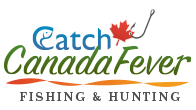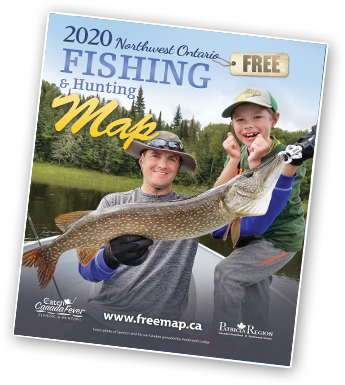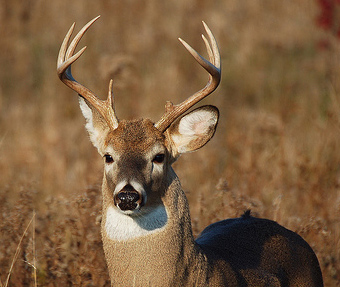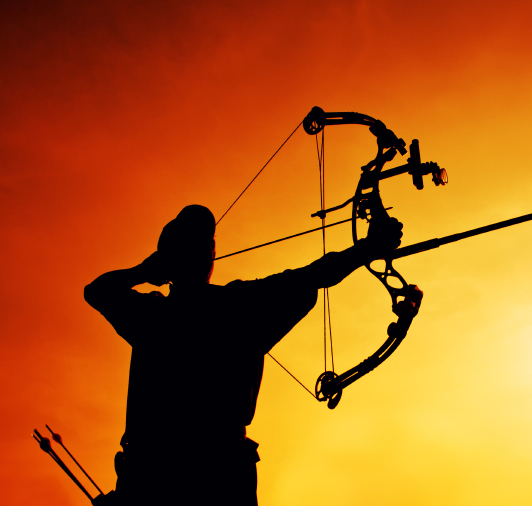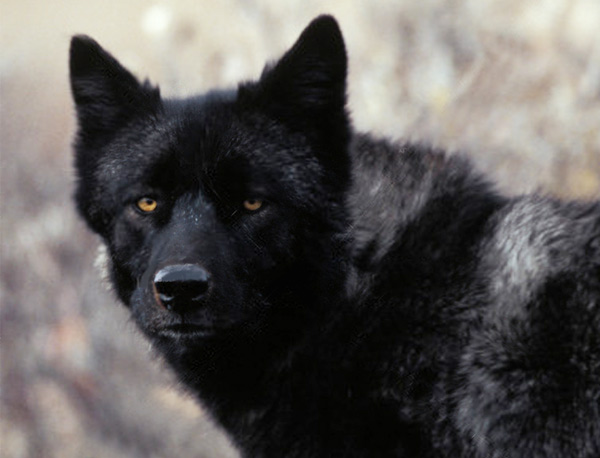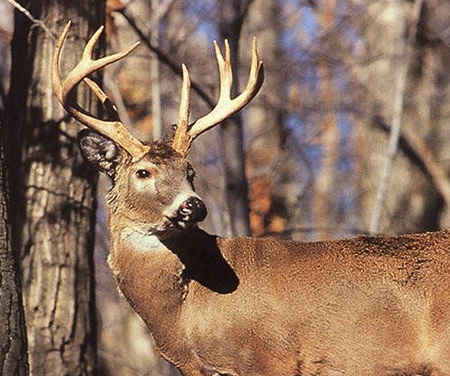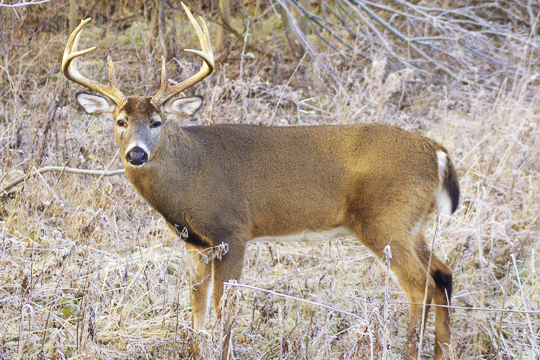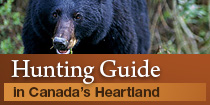Myth #1: “I often call in mature fall gobblers…”
Virginia call maker Jim Clay once said that he had never met anyone who could consistently call in mature gobblers in the fall. Clay considers a mature fall gobbler the ultimate turkey hunting challenge.
In the Patricia Region “Canada’s Heartland” fall gobblers simply have no incentive to respond to a hunter’s call. Food and survival drive them at this time of year – not mating – and little reason exists for them to change their feeding and traveling itineraries to go off looking for the source of distant yelps and clucks.
The best way to land an autumn tom is to find a gang of the birds (no small feat in itself), position yourself where a great deal of scratching exists, and about once every hour emit several hoarse yelps. If you sit there all week, maybe once every 4 or 5 years, you’ll take a longbeard to the check station.
Myth #2: “Gobblers present the only challenge…”

This misconception is perpetuated by hunters who regularly chase spring gobblers but only infrequently match wits with autumn birds. While fall gobblers present the ultimate challenge, jakes and jennies in autumn can be every bit as challenging as the wariest spring longbeard.
The longest duel I have ever had with a turkey was the week I spent chasing after one Old Dominion fall flock. Every time I scattered the gang, the flock hen would quickly reassemble her young and then lead them away from my position. For almost an entire week I’d but the gang at least once a day, and the old girl would out-call and outwit me.
Finally, on Saturday morning after yet another bust, I decided to sit down near the scatter site, utter a few soft whelps no more than once an hour ( the flock hen went ballistic every time I emitted loud yelps or kee-kee’s) and remain there the rest of the day. About 10:45 I glimpsed a jenny approaching as she searched for the rest of her gang. I don’t know which was louder, the blast from my shot gun or the cry I let out when the bird went down.
That week-long drama was much more intense than some of the match-ups I have with 3 and 4 year-old gobblers during spring mating season. And I have killed a number of true longbeards over the years – toms with spurs over 1-1/4 inches long and thick, lush beards over 10 inches. Not one of those duels lasted longer than 45 minutes.
One of my best Ontario spring turkeys, a four year-old gobbler, came in right off the roost, just a few minutes after flying down. As great a thrill I felt when tagging that tom, it was easily eclipsed by the sense of accomplishment I felt when I brought that aforementioned fall jenny to the check station.
I leave it to you to decide which of the 2 birds is a true trophy, but I guarantee the fall jenny came at the end of a much more challenging hunt.
Myth #3: “Fall turkeys are easy to call…”
I would much rather attempt to call in a mature spring gobbler than a fall jake or jenny with a flock hen. Sooner or later, a spring longbeard, unless he is with a hen or heavily pressured, will gobble back to calls or approach – perhaps even close enough to be shot. But a jake or jenny that is being shepherded about by a flock hen in the fall is much less likely to respond to calls. The instinct of a young-of-the-year bird to remain with its mother is that strong.
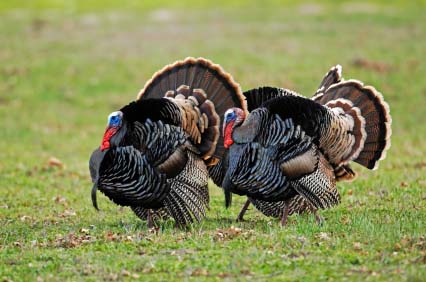 That’s also why scattering the flock is a key aspect of fall turkey hunting. Only then do we have the ability to call in jakes and jennies, as they are often in a panic to regroup.
That’s also why scattering the flock is a key aspect of fall turkey hunting. Only then do we have the ability to call in jakes and jennies, as they are often in a panic to regroup.
Another reason why the myth that calling fall birds is easy needs to be debunked is that the number of sounds a fall turkey hunter must master is much more extensive than the number of calls needed for a typical spring hunt.
When I was hunting this past spring, I called in and killed five gobblers. Every one of those toms came to the gun after I emitted just one call – the standard hen yelp. Of course, numerous other calls can be uttered in the spring of the year, but the vast majority of the time, a hen yelp is the only one we need to accurately mimic in order to entice longbeard.
In contrast, tis past autumn I killed 3 turkeys – limiting out all three times. The first jenny came in to soft clucks, and two friends and I enticed the second bird by simultaneously purring and scratching in the leaves after the turkey had ignored our yelps and kee-kees. The final bird was indifferent to every sound, until I tried a loud series of kee-kees and yelps.
Several years ago, I couldn’t convince a young male to leave his band of brothers until I let loose with a string of jake gobbles. And the autumn before that, the only call that worked was a fighting purr that resulted in a pumped-up jake coming to my position. My point is that successful fall turkey hunters have to master a full compliment of sounds that jakes, jennies and flock hens utter. Are fall turkeys easy to call in? Not from my experience.
Myth #4: “Fall turkeys are easy to hunt…”
Another misconception about fall turkey hunting is that the birds are easy to hunt. In my opinion, a fall turkey hunter must be a complete woodsman in order to consistently succeed. And that woodsmanship includes extensive knowledge an understanding of turkey food, sign and travel patterns.
A few autumns ago, I spent the first few days of the fall season just attempting to locate a flock, because I couldn’t figure out what the birds were eating. I checked out hard wood hollows, creek bottoms, pastures and crop fields – until finally I found the flock feeding on wild grapes that grew next to a clear cut.
Another year, the favored meal proved to be the grubs and other little creatures living under the needles in a pine thicket. Yet another autumn, I found a flock surviving off the corn recovered from manure piles at a dairy farm.
In the fall, the ability to analyze the age of scratchings and droppings is crucial. If a hunter comes across damp scratchings with no leaves in the centers, that likely means a gang of turkeys is nearby. Following that sign can lead to the birds themselves, even if those birds never utter a peep.
We may also locate the birds in the fall by analyzing roosting and travel patterns. Where the birds fly up in the night depends on such things as precipitation (look for the birds to roosting evergreen groves when snow or rain is falling), wind (expect the gang to be on the lee side of a mountain or hill when a brisk wind is blowing), and food (birds typically roost nearby).
Contrast that with spring, when hunters rarely know what the birds are feeding on or need to analyze any other sign in order to tag a tom. In springtime, the sound of a longbeard gobbling on the roost trumps all else.
Spend time in the fall woods chasing turkeys, and next time you hear someone spouting the myths of fall turkey hunting, you too, may feel compelled to set the record straight.

